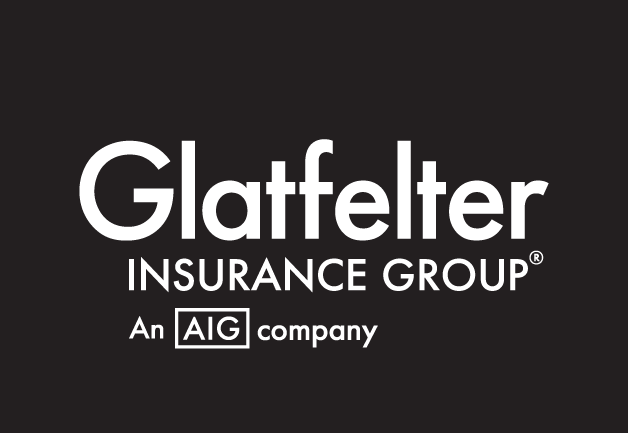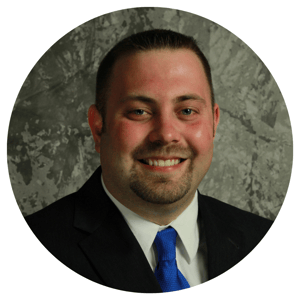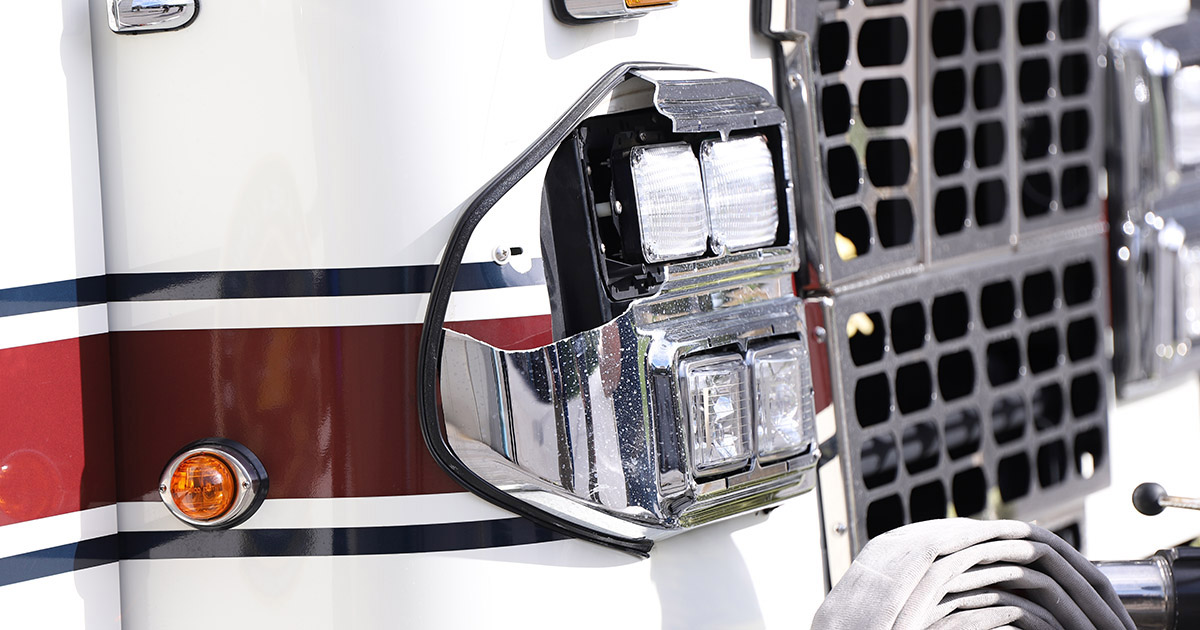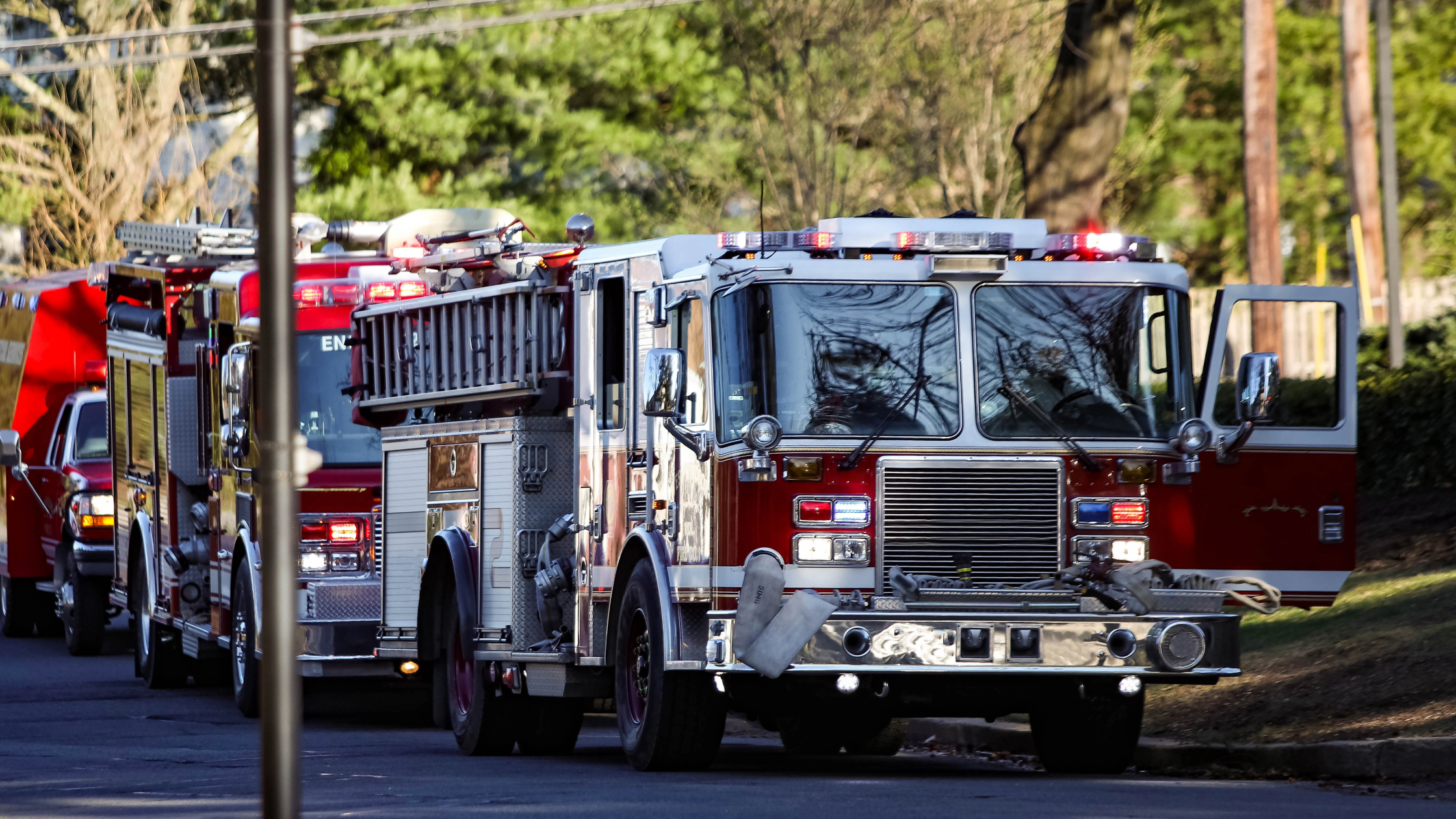Whether it’s a command vehicle or an aerial—each piece of apparatus that your department owns has distinct characteristics requiring different skills and knowledge. And that’s especially true when it comes to handling them in tight spots and reduced clearance spaces.
That’s why it’s important that each driver/operator in your organization is expected to:- Maintain a special skillset and mindset
- Frequently train and practice to understand the maneuverability of each type of vehicle
- Remain attentive and expect their crew to do the same
A focus on backing
Backing an emergency vehicle is known to be hazardous because of blind spots that interfere with the driver/operator’s ability to see obstacles or objects. Unfortunately, this type of incident has continued to be an all-too-common occurrence regardless of many organizations’ training efforts.
According to VFIS insurance claims data, fixed object strikes are among the most common types of emergency vehicle incidents.
This includes when an emergency vehicle is being operated in forward, reverse and all other directions—and the vehicle strikes a variety of obstacles which could include parked vehicles, trees, poles, overhead obstructions or equipment taken off of the emergency vehicle and placed on the ground. While these incidents may occur at a low speed and result in minimal damage, the significance of the events cannot be overemphasized.
Not everything buffs out
Even if it buffs out—every incident must be thoroughly investigated! It is important to understand that -many of the same behaviors that lead to seemingly-minor scratches, dings or dents can also lead to major damage, significant injury or even death.
This means that by giving some attention to minor incidents—major consequences could be avoided. Which is why it’s crucial for every emergency service organization to take fixed object strikes seriously by investigating every incident and near miss.
Effective prevention techniques
During any circumstance where an emergency vehicle is forced to maneuver in an area with reduced clearance, consider using a spotter.
Spotters to the front—here are a few best practices to consider:
- When the driver and spotter are both ready and in position, begin by slowly maneuvering the vehicle. Make sure to establish visual and verbal contact with your spotter–and maintain it.
- A spotter should never place themselves between the moving vehicle and a stationary object.
- If at any time the driver can’t see or hear the spotter, the brakes should be applied immediately.
- Consider using the same or slightly-adapted set of spotter hand signals used in backing for all other directions.
- Train spotters to communicate the right signal at the right time.
A circle of safety
If a spotter is not available, a driver should conduct a circle of safety (at minimum). A circle of safety is a complete walk-around of the vehicle to check for hazards at the front, back and side of the vehicle. Personnel should also check for overhead obstructions like low-hanging branches, power lines or overhanging roofs. After the circle of safety has been completed, the driver should proceed slowly and continue to scan their mirrors for any stationary or moving hazards constantly. When in doubt, they should stop the vehicle and repeat the circle of safety to re-evaluate the situation.
Using tech as a tool—not a crutch
Is your vehicle equipped with technology that’s designed to reduce or eliminate these types of incidents like cameras, video or sensors?
As this type of technology becomes more readily available, every driver/operator must understand the capabilities and limitations of each—and in the event system or device malfunction, a driver/operator must be able continue to safely maneuver.
Over-dependence on these technologies has become a growing concern, and it’s important to remember that no product on the market today is designed to replace the use of a diligent spotter and effective circle of safety.
When you’re utilizing these technologies, always remember:
- Not to rely on the systems alone, as poor weather or visibility can diminish the effectiveness of camera or sensor-based systems
- To regularly inspect and clean screens, cameras, sensors or other forms of technology according to manufacturer recommendations
- Bright screens and indicator lights can be blinding at night—and while night vision technology has improved over the years, both cameras and human eyesight significantly diminish during nighttime operation.
- In the event of a malfunction, know how the system can be restarted if regular calibration is needed to increase accuracy and necessary steps to implement each of these tools in accordance with manufacturer recommendations.
Develop policies, procedures and guidelines
Reducing the risk of fixed object strikes begins with developing clearly defined policies, procedures or guidelines which include training, best practices to follow and plans for enforcing these policies.
Many of the same best practices used to prevent backing incidents can be applied to prevent fixed object strikes in other directions—so if your organization already has these policies, they might be a great place to start.
At the basic level, get into the habit of taking a few extra seconds to make absolutely certain you will not strike any objects with your emergency vehicle and call your spotters to the front, side and any angle necessary. To learn more, check out the “Fixed Object Strike Prevention” course available online on VFIS University.
DISCLAIMER
The information contained in this blog post is intended for educational purposes only and is not intended to replace expert advice in connection with the topics presented. Glatfelter specifically disclaims any liability for any act or omission by any person or entity in connection with the preparation, use or implementation of plans, principles, concepts or information contained in this publication.
Glatfelter does not make any representation or warranty, expressed or implied, with respect to the results obtained by the use, adherence or implementation of the material contained in this publication. The implementation of the plans, principles, concepts or materials contained in this publication is not a guarantee that you will achieve a certain desired result. It is strongly recommended that you consult with a professional advisor, architect or other expert prior to the implementation of plans, principles, concepts or materials contained in this publication.
This blog post may contain the content of third parties and links to third party websites. Third party content and websites are owned and operated by an independent party over which Glatfelter has no control. Glatfelter makes no representation, warranty, or guarantee as to the accuracy, completeness, timeliness or reliability of any third party content. References to third party services, processes, products, or other information does not constitute or imply any endorsement, sponsorship or recommendation by Glatfelter, unless expressly stated otherwise.
Related posts
We asked 10 members of our VFIS Team to name one auto-related risk that they believe is underdiscussed in fire and EMS agencies. Here’s what they said.
Most volunteer fire departments rely heavily on POVs, but there are inherent risks you should know.
Establish a Emergency Vehicle Operations Program that includes driver/operator requirements to help ensure your vehicles are in the right hands.










Submit a Comment